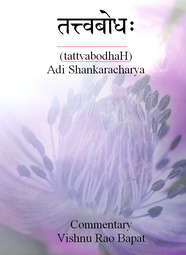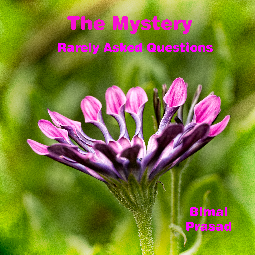Q: Based on your own search and discoveries over all of these years, and the writing of all of the books and blogs, if you had to summarize all of this, the truth of life, what would you say?
A: Not sure what you are looking for here. My ‘personal’ view is surely not important and I could scarcely find any better summary than Shankara’s. Anyway, I spent an hour thinking about it (while washing up and vacuuming) and here is my one line summary:
The form does not matter – it is the substance that is important.
Q: How do we know that energy/matter is Consciousness and not just what it is as energy/matter? And why does it matter? Can’t Consciousness just be what it is by itself and simply aware?
A: Energy and matter are both objects of experience. They are transient and finite, changing one into the other and ultimately ending in Absolute zero. Consciousness is the non-dual, unchanging, eternal and infinite reality.
It does not matter from the standpoint of absolute reality. It does not even matter to most jIva-s, since they just get on with the usual pleasure-seeking aims. It matters to one who is seeking Self-knowledge.
Consciousness DOES just be what it is (there is nothing else) but is not ‘aware’ in the usual meaning of the word, since there is nothing else of which to be aware. Continue reading




